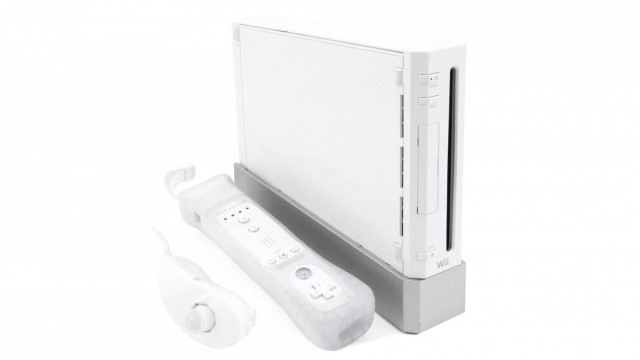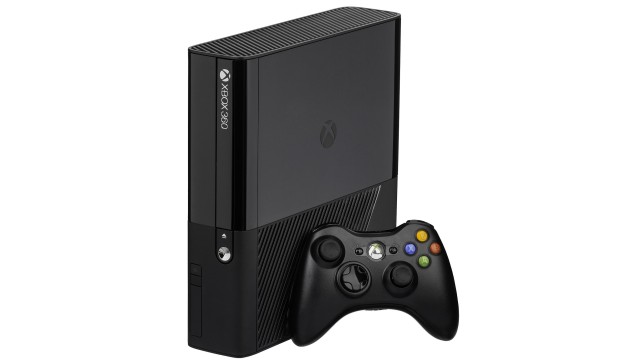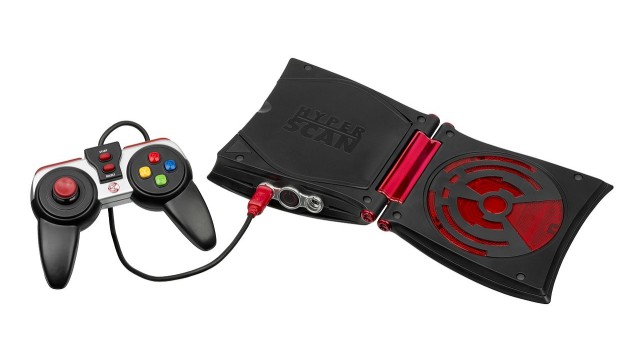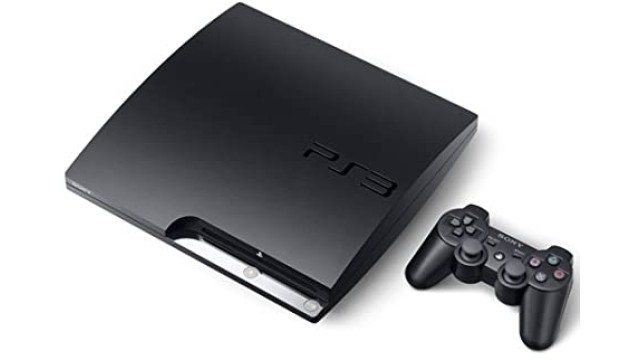
Wii
Launches: 2006
Units sold: 101 045 230
Generation: 7th
 Wii technical specifications
Wii technical specifications
CPU: IBM Broadway @ 729 MHz (64 bits)
Memory: 91 MB
 Wii video specifications
Wii video specifications
Wii graphics capabilities.
Video chip: ATI Hollywood @ 243 MHz
Video connection:
 Wii audio specifications
Wii audio specifications
Wii sound capabilities.
Audio chip:
Audio mode:
 Controllers of Wii
Controllers of Wii
 Wii games support
Wii games support
Support:
Wii games
Games library:
Wii story
The Nintendo Wii is a remarkable case in the history of video game consoles, representing a bold departure from the conventional approach to gaming hardware and a major gamble that ultimately paid off in spectacular fashion. The story of the Wii begins in the early 2000s, during a period of introspection and strategic realignment for Nintendo. Following the relatively modest success of the Nintendo GameCube, which was overshadowed by the Sony PlayStation 2 and Microsoft's Xbox, Nintendo recognized that it needed to rethink its approach to the rapidly evolving video game industry.
The creation of the Wii was driven by a fundamental question that Nintendo’s leadership posed: How could they broaden the appeal of video games beyond the traditional gaming audience? Satoru Iwata, who became Nintendo’s president in 2002, played a crucial role in shaping this new direction. Iwata believed that the video game market had become overly focused on technical specifications and high-end graphics, catering primarily to a core audience of dedicated gamers. This focus, he argued, was limiting the industry's growth potential by alienating a large segment of the population that found modern gaming too complex or intimidating.
Iwata, along with Shigeru Miyamoto and other key figures at Nintendo, began to formulate a strategy centered on innovation in user experience rather than on competing directly with Sony and Microsoft in terms of sheer hardware power. The idea was to create a console that would be accessible and enjoyable for everyone, regardless of age, gender, or gaming experience. This concept was encapsulated in the project that would eventually become the Wii, initially known by its codename "Revolution."
Development of the Wii was guided by this philosophy of inclusivity and simplicity. Nintendo's engineers and designers set out to create a console that would break down the barriers that had traditionally kept non-gamers from engaging with video games. A key aspect of this approach was the development of a motion-sensing controller that could provide a more intuitive and physical way of interacting with games. The idea was that, by mimicking real-world actions like swinging a tennis racket or steering a car, the controller could make gaming more accessible and engaging for people who might otherwise be intimidated by complex button layouts.
The result was the Wii Remote (or "Wiimote"), a sleek, wand-like device equipped with motion-sensing technology and an infrared pointer. The simplicity of the Wii Remote was central to Nintendo’s strategy; its design was intended to be immediately understandable to anyone, regardless of their previous experience with video games. The Wii Remote could be used in a variety of ways depending on the game—held like a traditional controller, swung like a bat, or pointed at the screen like a remote control. This versatility made it a key selling point of the Wii and a major differentiator from the more conventional controllers offered by Sony and Microsoft.
Another important aspect of the Wii’s development was its relatively modest hardware specifications. While the Xbox 360 and PlayStation 3 were engaged in a race to deliver high-definition graphics and powerful processing capabilities, Nintendo deliberately chose a different path. The Wii was designed with a focus on affordability and energy efficiency, which allowed Nintendo to price the console competitively and target a broader audience. The decision to forego cutting-edge graphics in favor of accessibility and innovation was a calculated risk, but it was one that reflected Nintendo’s confidence in their unique vision for the future of gaming.
The launch of the Wii was one of the most successful in the history of video game consoles. The Wii was officially unveiled to the world at the 2005 Tokyo Game Show, where it generated significant buzz and curiosity. However, it was the console's official launch on November 19, 2006, in North America, followed by releases in Japan, Europe, and other regions, that truly demonstrated the strength of Nintendo's strategy. Priced at $249.99 in the United States, the Wii was more affordable than its competitors, making it an attractive option for both existing gamers and newcomers.
At launch, the Wii was accompanied by a strong lineup of games that highlighted the system's unique capabilities. "Wii Sports," which was bundled with the console in most regions, became an instant phenomenon. The game was simple yet incredibly effective in showcasing the potential of the Wii Remote, offering players a range of sports games like tennis, bowling, and boxing that could be played with intuitive motions. Wii Sports was instrumental in conveying the appeal of the Wii to a wide audience, from young children to the elderly, and it quickly became a cultural touchstone.
The market reception of the Wii was nothing short of extraordinary. From the moment of its release, the Wii became a massive commercial success, with demand far outstripping supply for several months. Retailers reported widespread shortages, and the console was often sold out within minutes of new stock arriving. The Wii's appeal transcended traditional gaming demographics, attracting families, casual gamers, and even people who had never played video games before. This broad appeal was a direct result of Nintendo's focus on creating a console that was accessible, affordable, and fun for everyone.
Critically, the Wii was praised for its innovation and for successfully expanding the gaming audience. While some industry observers initially expressed skepticism about the Wii's long-term prospects, particularly given its modest technical specifications compared to the Xbox 360 and PlayStation 3, the console’s popularity quickly silenced doubters. The Wii’s success was largely driven by the strength of its software library, which featured a mix of Nintendo's iconic franchises and innovative new titles that made full use of the console's unique capabilities.
Over the course of its lifespan, the Wii introduced several landmark games that further cemented its legacy. "The Legend of Zelda: Twilight Princess" was a launch title that demonstrated how the Wii Remote could enhance traditional gaming experiences, while "Super Mario Galaxy" received widespread acclaim for its creative use of motion controls and its stunning design. Other titles like "Mario Kart Wii," "Super Smash Bros. Brawl," and "Wii Fit" helped to maintain the console's momentum, with Wii Fit in particular tapping into the fitness and wellness market, attracting even more non-traditional gamers.
The Wii’s impact on the gaming industry was profound. It popularized motion controls, a feature that both Sony and Microsoft would later attempt to replicate with their own motion-sensing technologies. The Wii also demonstrated the viability of targeting a broader demographic, influencing the design and marketing strategies of future consoles and games. By the time production of the Wii ceased in 2013, the console had sold over 100 million units worldwide, making it one of the best-selling video game consoles of all time.
The Wii’s success was not without its challenges. As the initial excitement around motion controls began to wane, the console faced increasing competition from the Xbox 360 and PlayStation 3, both of which had developed robust online ecosystems and extensive libraries of high-definition games. Some critics pointed out that the Wii’s hardware limitations became more apparent as the generation progressed, particularly as developers struggled to port more technically demanding games to the system. Additionally, the proliferation of casual games and third-party titles of varying quality led to concerns about the long-term sustainability of the Wii’s appeal.
Nevertheless, the Nintendo Wii remains a pivotal moment in the history of gaming, a testament to the power of innovation and the importance of understanding and expanding the audience for video games. Nintendo’s decision to prioritize fun, simplicity, and inclusivity over technical specifications and graphical power reshaped the industry and left an enduring legacy that continues to influence the design of games and consoles today.
Previous Nintendo console: GameCube
Next Nintendo console: Wii U


